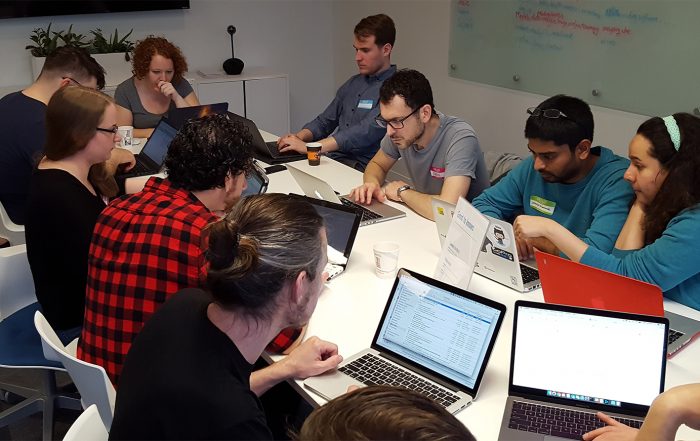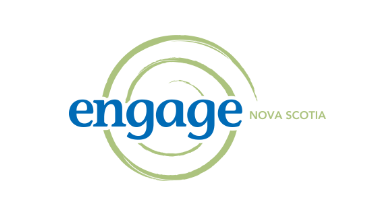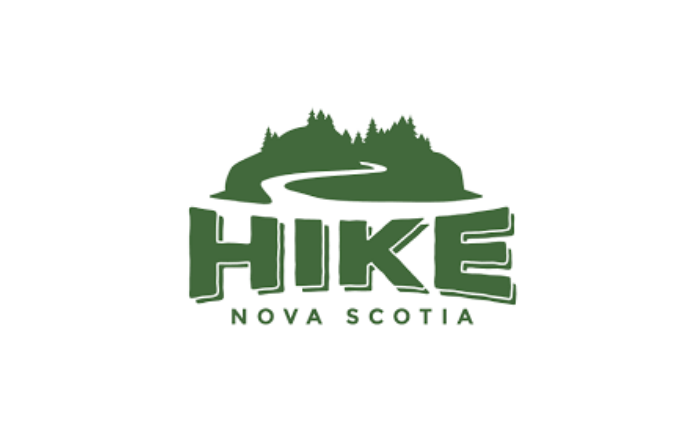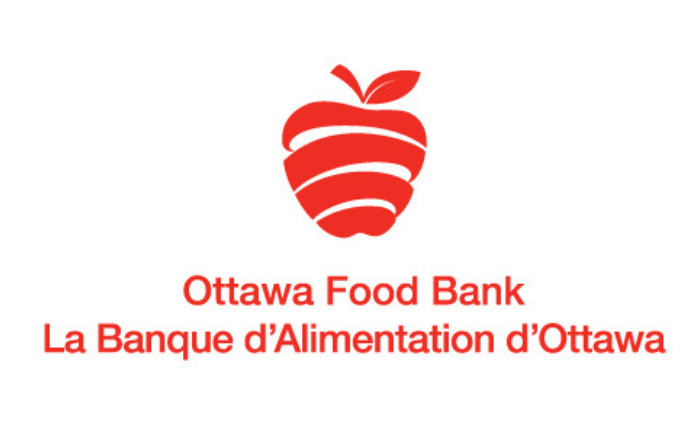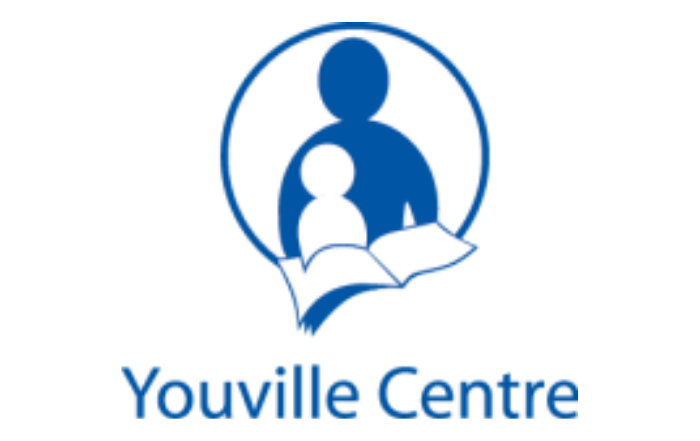(Data for Good volunteers at datathon for Overdose Prevention Society)
Problem/main challenges: Assist the Overdose Prevention Society (OPS) in analyzing, organizing, and gathering insight from manually created data sets with the goal of strengthening advocacy in service of expanded harm reduction and drug decriminalization. One of our objectives was also to develop material that would assist OPS in countering inaccurate and harmful narratives of people who consume drugs in the Downtown Eastside, and help reduce stigma associated with substance use.
Recommendation and implementation plan: Our final report contains a number of recommendations meant to improve data collection methods for both OPS and local health agencies, and guide further research that will lead to more effective government policy aimed at addressing the overdose crisis. The findings and analysis are meant to be a starting point to direct further investigation as the data sets used were limited in scope and consistency; and as such, it was difficult to arrive at conclusive findings.
Next steps: Assist OPS with further advocacy as needed and consult with regional government agencies in service of expanded harm reduction
Questions answered/impact made: The principle takeaway was that serious physical and/or mental illness underlie substance use, as a large percentage of individuals reported one or multiple medical diagnoses. The hope is that this information will help counter the stigma associated with substance use and lead to more progressive drug policies such as drug decriminalization, expanded harm reduction, and reduced police enforcement of marginalized communities. With respect to impact, our datathon and subsequent report received strong interest from local and national news media, with stories published online, in print, and on television. A summary of coverage has been provided below.
Data set and tools used: Multiple tools were used, including Tableau, R, and Excel. Two data sets were analyzed, one provided by OPS (visit volumes and health outcomes at the overdose prevention site located near East Hastings and Columbia Street); the other, by the Downtown Eastside Market (voluntary anonymous questionnaire data related to medical diagnoses, reasons for substance use, and products purchased).
Google Drive/Github of slides, deliverables, data: final report for OPS, slides and data saved locally
Background on NFP:
PR and media:
